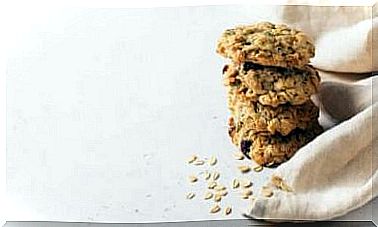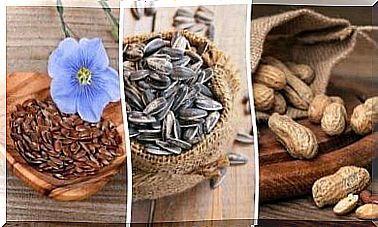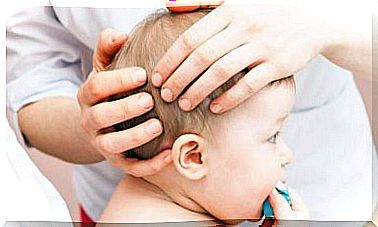Injuries In Soft Tissue And Treatment Of It
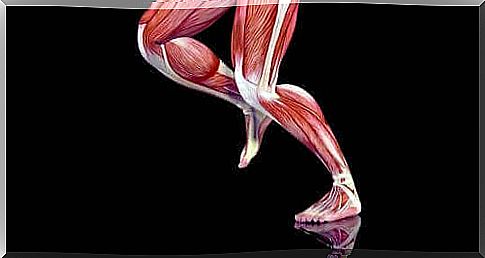
Soft tissue is such a thing as tendons, ligaments and muscles. The most common injuries in soft tissue are sprains and bruises. However, a person may also experience injuries from overexertion, such as tendinitis (inflammation of the tendons) or bursitis (inflammation of the mucous membranes). Find out how to treat that kind of injury here!
Soft tissue damage occurs in the soft parts of the musculoskeletal system. This system consists of tendons, ligaments and muscles. Muscles are composed of a collection of fibers that can be contracted and stretched, thanks to their elasticity.
At the same time, the tendons are the parts of the muscles that connect muscle to bone. The tendons send energy to the bone, causing movement.
Ligaments also have a structure reminiscent of tendons. But their task is to connect and stabilize the individual parts that form a joint. Soft tissue injuries are divided into two categories: Acute and congestion-related.
Acute soft tissue injuries
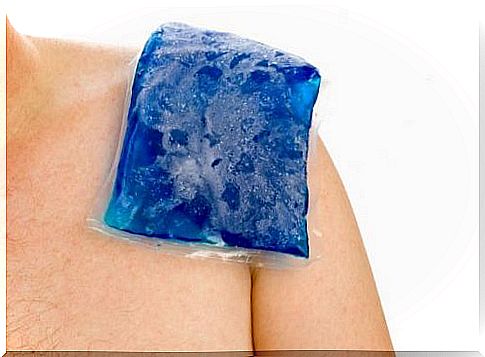
This type of injury comes from a sudden event, such as a fall or a blow. Sprains, distortions and bruises belong to this category.
Sprain
A sprain is a ligament that is stretched and / or torn. Ankle, knee and ankle are the parts of the body that are most prone to sprains. Depending on the degree, they can be classified as:
- 1st degree or mild: There is a slight strain and small damage to the ligament fibers.
- 2nd degree or moderate: Partial tearing of the ligament.
- 3rd degree or severe: Complete tearing of the ligament, causing instability.
Although they vary in strength, pain, discoloration, swelling and inflammation are common in all 3 degrees of sprains.
Distortion
A sprain is a soft tissue injury that is often caused by overexertion, strain, or extreme strain. Distortions can range from a single twist to a partial or complete tear in the joint of the muscle and tendon. Here are the most common symptoms of distortion:
- Muscle spasms
- Cramps
- Slackness in the muscle
- Inflammation
You should also read: Five soothing exercises against tendonitis
Bruises
A bruise, or hematoma, is the result of an external influence or stroke. As the blood vessels under the skin rupture, color changes occur. It can also inhibit movement.
Treatment of acute soft tissue injuries
The treatment varies, depending on both the type and degree. When this kind of damage occurs, the immediate treatment is done according to the principle known in English as RICE: Rest (rest), Ice (cooling with ice), Compression (dressing), Elevation (the damage is lifted above heart level).
Taking a break from the activity that caused the injury is important, along with applying ice or cold dressings for 20 minutes, several times a day. In addition, to prevent inflammation, experts recommend using an elastic bandage and lifting the injured area above heart level.
Treatment of minor sprains is also RICE. However, moderate sprains often need a period when it is not moving at all. And severe sprains may even require surgery to repair the damage.
As for distortions, experts also recommend resting, cooling, connecting and lifting. You should follow this guideline, along with light exercises, to relieve pain, and rebuild mobility. Most mild distortions respond well to the RICE principle.
Soft tissue damage from overexertion
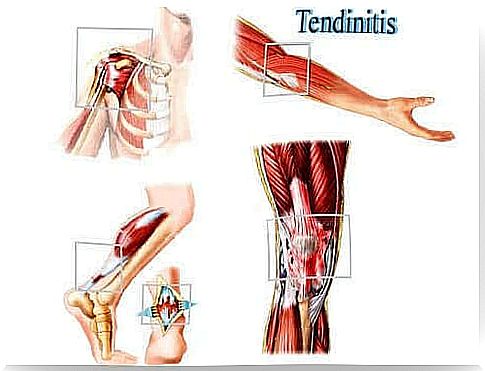
These types of injuries occur gradually as time goes on. They show up when someone is doing a physical activity so often that the body does not have enough time to recover. Tendinitis and bursitis are the most common tissue injuries in this category.
Tendinitis
This soft tissue injury is an inflammation or irritation of the tendon. It typically occurs by a streak of repetitive movements involving the tendon. The usual symptoms of tendinitis are swelling and pain that worsens with activity.
This article might interest you: The causes of biceps tendinitis – a painful condition
Bursitis
Bursa are the small mucous sacs found around the shoulders, elbows, hips, knees and ankles. They contain a small amount of fluid and sit between the bones and the soft tissue. That way, they act as cushions to reduce friction. Bursitis is an inflammatory condition of a bursa. The condition occurs as a result of small, repeated movements.
Treatment of soft tissue injuries due to overexertion
Experts recommend rest, anti-inflammatory medications and exercises that increase flexibility when treating tendinitis. If the swelling continues, it can cause serious damage to the tendon, which may require surgery.
You can relieve bursitis by changing your activities. In addition, you need to take anti-inflammatory medication. If it does not get better, it may be necessary to remove the fluid from a bursa.

